Re-learning hard lessons.
Listen To You Tell Me Texas Friday 12/9/16
Download
Seventy-five years ago this week 353 fighter aircraft launched by the Japanese Imperial Navy attacked the United States naval base at Pearl Harbor, Hawaii. The attack came as a surprise on an otherwise tranquil Sunday morning and took place in the absence of a declaration of war.
It was devastatingly effective. All eight American battleships sitting at anchor at Pearl Harbor were badly damaged or sunk. Another dozen naval vessels were also damaged. Twenty-four hundred American personnel died, another twelve-hundred were wounded.
The next day, President Franklin Roosevelt asked for and received from Congress a declaration of war against Japan. Three days later, war was also declared against Germany.
Thus America entered World War II.
Much of what was learned at Pearl Harbor has been forgotten in 75 years, with the pace of that amnesia quickening in the past eight. Though the comparisons aren’t exact because methods of warfare have dramatically changed, it is fair to say that in the aggregate U.S. military readiness stands at its lowest ebb since before World War II.
So what are the lessons of Pearl Harbor? There are many but let’s focus on the big one.
Pearl Harbor teaches the hard lesson that a hot war can break out at any minute. The United States was caught completely flat-footed by the Japanese attack despite the warnings of many inside and outside the government of the growing Japanese threat.
The eight U.S. battleships at anchor on Battleship Row were sitting ducks. So were the more than 300 aircraft sitting nose-to-tail on Hickam Field. Had the Navy’s three aircraft carriers not been at sea, the course of the U.S. Pacific war would have gone much differently.
Pearl Harbor demonstrated that the best way to find oneself in a war is to be unprepared for one. That admonition goes back to the very founding of the nation. Said George Washington, “To be prepared for war is one of the most effective means of preserving peace.” Thirty nine presidents later Ronald Reagan would say, “…wars begin when governments believe the price of aggression is cheap.”
So the Japanese believed in 1941. Put simply, they attacked Pearl Harbor because they thought they could get away with it. That calculation came perilously close to being correct. For a considerable period following Pearl Harbor, Japan controlled the Pacific Ocean and the South China Sea. Only by a Herculean mobilization was the United States able to eventually turn the tide and regain control of the Pacific.
The 75th anniversary of Pearl Harbor hangs as a backdrop to the beginning of a new administration. During the Obama years, our military has been drawn down to readiness levels below those of December 7, 1941. To many bad actors in world, the price of aggression against the U.S. or our allies again looks cheap.
Donald Trump has said that he intends to reverse America’s military draw down and reinvigorate our armed forces.
Given the dangers in the world, today, let’s pray that he follows through.

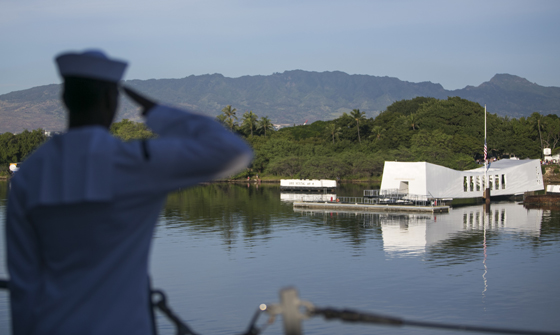

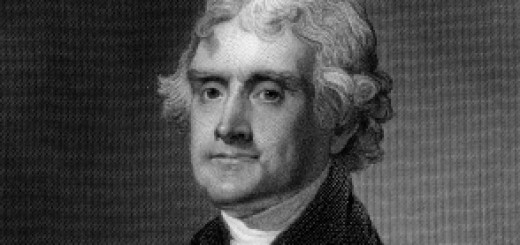
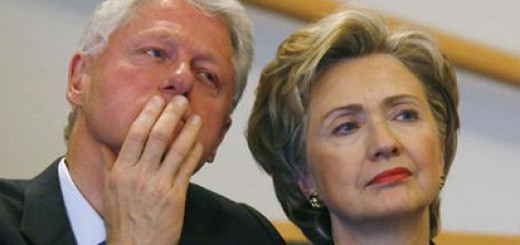
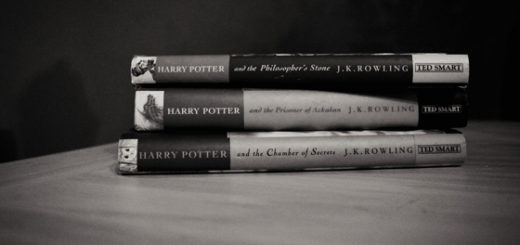

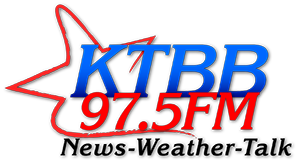

Well said and point well taken.
We are running parallel with that same attitude of ignoring the danger of our borders and allowing anyone in to the country. The terrorists have proven that they will do anything and go anywhere to accomplish their dirty deeds. What is the saying? Oh, I remember, “Those who fail to learn from history are doomed to repeat it”.
And he’ll lower taxes!